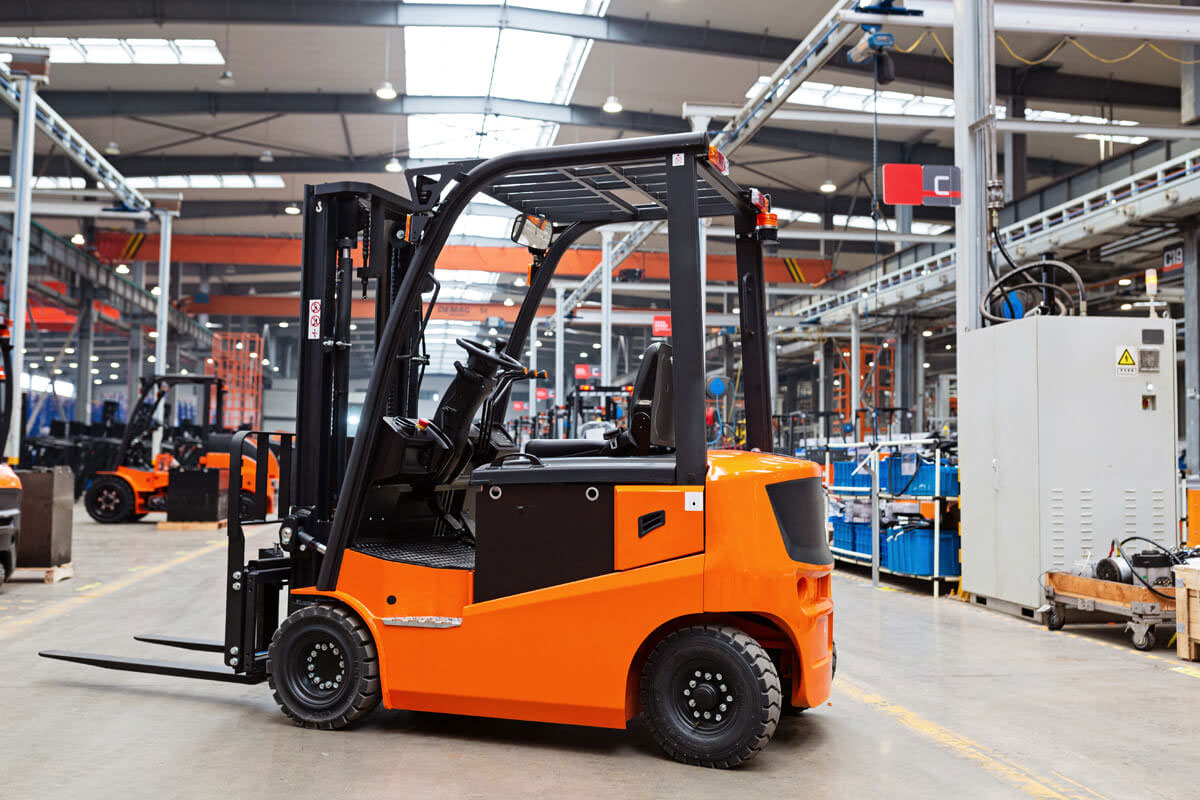There are plenty of simple, small things you can do to improve forklift safety in your facility. These include keeping the floor clean, installing mirrors at the ends of your aisles and prominently displaying safety posters. We have identified five best practices within companies that take forklift safety to the next level. They are:
Operator and Pedestrian Training
When we say training, we mean true training. A one-day class and a 10-minute hands-on review will not suffice if your goal is to make your forklift fleet a truly safe one. In addition to initial training and refresher training, you must be sure you re-train staff any time you introduce a different piece of equipment, if an operator is re-assigned or if your operation or facility undergoes any significant changes. In addition to operator training, you should ensure the safety of all your employees and guests by providing training to every employee about how lift equipment operates, the inherent dangers of being around them and how to conduct themselves in a facility with this equipment.
Utilize Available Safety Equipment
Ensuring that all your lift equipment and facility is equipped with up-to-date and working safety functions will go a long way in creating awareness of the presence of lift equipment. Back-up alarms, horns, lights (front and rear combo) and strobes are the hallmarks of forklifts that are easily seen and heard. In addition, be sure to ask your forklift provider about available optional safety equipment.
Safe Handling and Storage of Fuel
Fuel changing stations are often some of the most dangerous locations in your facility. Forklift batteries are very heavy, produce acid and can be very hazardous if not handled within manufacturers’ recommendations. In addition, be sure that your battery changing area is staged properly for safe handling of batteries. Work with your battery and charger provider to ensure you’re providing safe charging and changing methods for your employees. If your forklifts use liquid propane or gas, be sure the area is clearly marked and set up properly with the right equipment to refuel them safely. Making sure that all the right equipment and safety measures are readily available, and ensuring that your employees are trained to use them, will mitigate damages in the event of an accident.
Regular Inspections
We recommend two types of inspections. The first, as required by OSHA, are daily inspections and are a must for any company. Your operators must be trained to perform accurate and thorough inspections of both Internal Combustion (IC) forklifts, electric forklifts, and any other type of lifting equipment you operate. Damage from previous operations can occur without the operator knowing it, and failure of major components can lead to serious injury, product loss and facility damage. In addition, putting your forklift fleet on a regular service cycle or Planned Maintenance Program, performed by lift truck professionals. This is the key to achieving maximum safety, up-time and productivity.
The benefits of a safe forklift fleet go far beyond reducing injuries. They include:
- Lower Costs – Having safe forklift operators and providing a safe operating environment, like having safe automobile drivers and better roads, will reduce your operating costs. The frequently inspected equipment will operate within normal guidelines and minor service issues won’t blossom into giant repair headaches.
- Improved Productivity – Safe operators in a safe environment will be more productive, since down time is reduced as a result of sound equipment and reduced operator and pedestrian accidents.
- Reduced Insurance and Workers Compensation – A safe work environment with well-trained operators will likely result in lower insurance rates and workers’ compensation in injury-related claims.
Forklift safety is no accident. Taking these measures puts you on the path to creating a safe and productive work environment for your employees. An investment in safety and productivity adds to your company’s long-term bottom line and benefits those who operate on and around forklifts.




